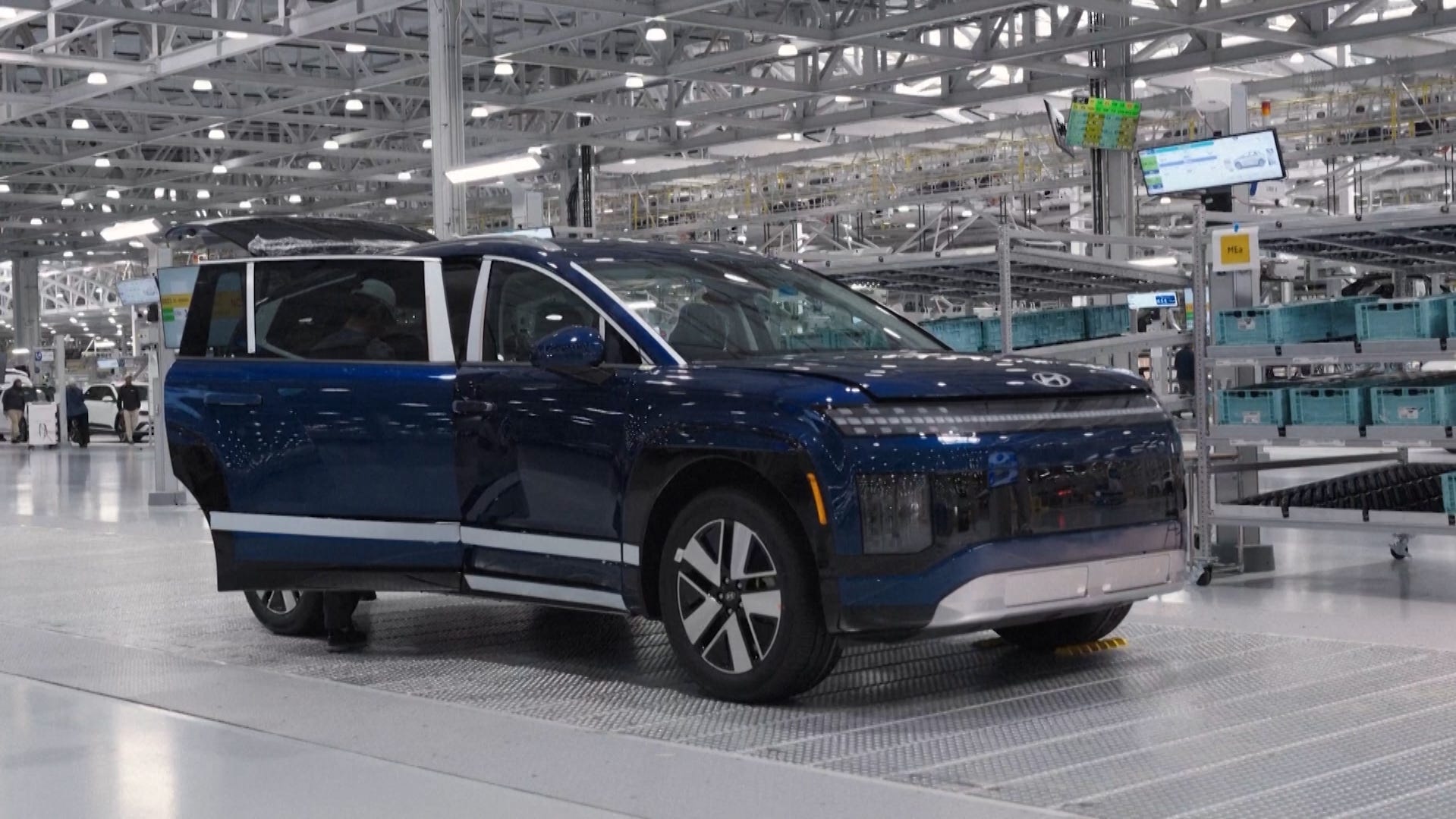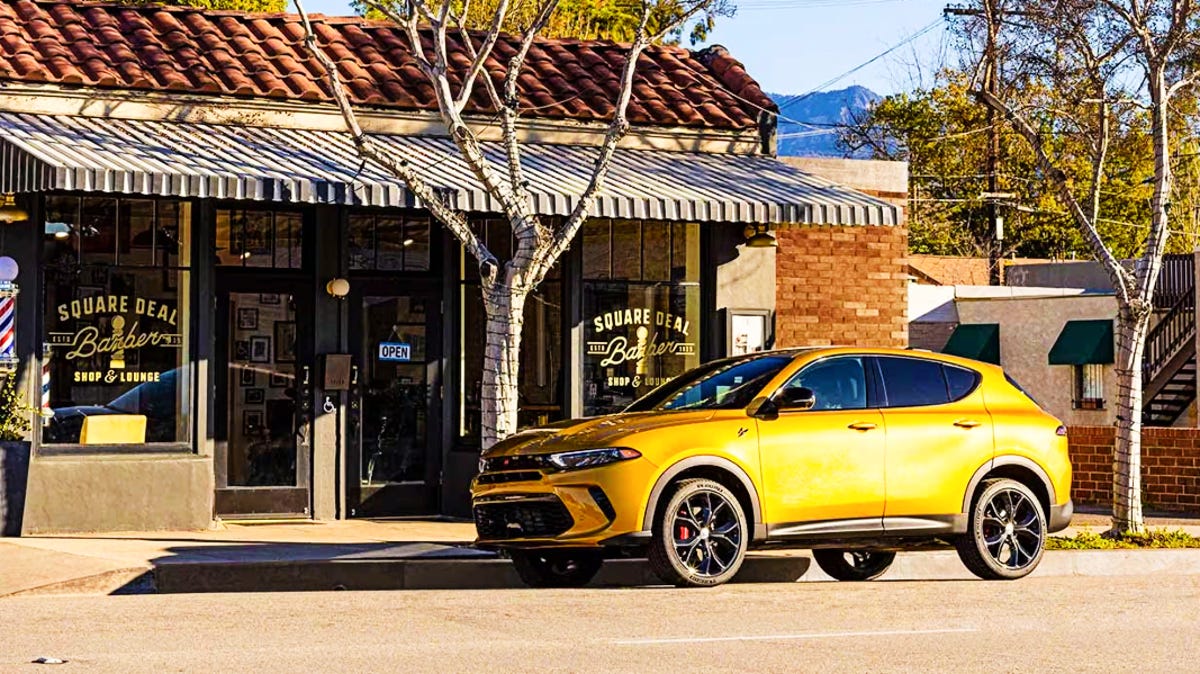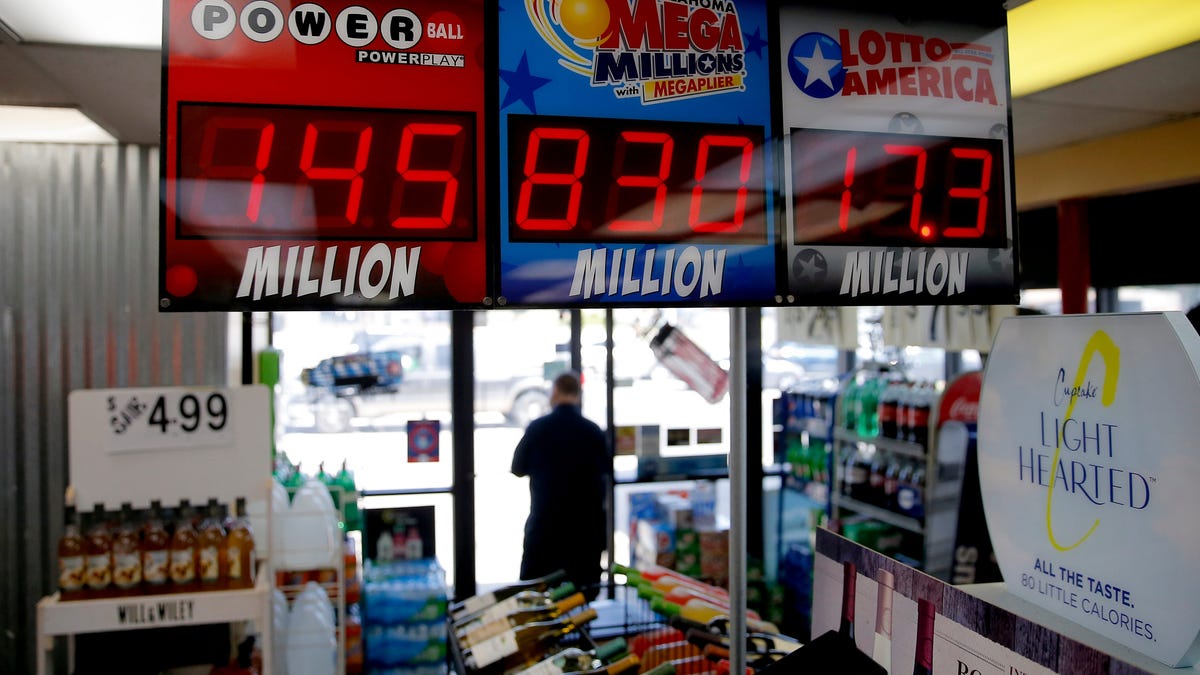Some car colors depreciate quicker than others. Is your car color on the list of best or worst depreciation colors?

Should you buy a car before auto tariffs go into effect?
President Donald Trump has announced a 25% tariff on imported cars and key auto parts. Here’s what it means for consumers and automakers.
- Automotive research company iSeeCars conducted a study revealing the best and worst car colors for depreciation.
- While some colors have above-average depreciation rates, there are still plenty of options with below-average rates.
- Even if your car has an above-average rate of depreciation, there are still things owners can do for optimal value retention.
Vehicles that experience high rates of depreciation after a few years aren’t great for new car buyers, but they can be great for used car buyers. In fact, researching vehicles with high depreciation rates can be a good way to find a deal on a used car.
On the other hand, some drivers may avoid vehicles that rapidly depreciate to retain some trade-in value or sell their cars later on. Some car colors have worse depreciation rates than others, according to a study conducted by iSeeCars.com, an automotive search engine and research website.
The three car colors with the worst depreciation rates, according to study
- Gold: 34.4% three-year depreciation
- White: 32.1% three-year depreciation
- Black: 31.9% three-year depreciation
Most vehicles tend to depreciate the second they roll off of dealer lots, but the rates of depreciation listed above are beyond average rates. So, if you’re in the market for a new vehicle, you may not want to buy it in gold. Paying extra money for a gold color model could prove to be even more costly. Thankfully, there are plenty of car colors with below-average rates of depreciation.
Car colors with the best depreciation rates, according to study
- Yellow: 24.0% three-year depreciation
- Orange: 24.4% three-year depreciation
- Green: 26.3% three-year depreciation
“Yellow cars hold their value the best” according to the study results. So if you’re looking for a new vehicle, this may be a color to consider for value retention. If you’re hunting for a used vehicle deal, avoiding this color could save you some money because of the lower depreciation rate. The overall average three-year depreciation rate of the colors included in the study was 31%.
How to use vehicle depreciation rates to find good car deals
Finding a good deal on a used car can be difficult, but refining your search by including vehicles with high depreciation rates can save drivers thousands of dollars. Vehicles with high rates of depreciation after just a few years can have low mileage and much lower prices than their original MSRP.
One example of a vehicle with a high depreciation rate is the 2023 Dodge Hornet. The 2023 model year is the first of its production history. Just a few years after its initial release, the Hornet has depreciated by over 31%. The 2023 Hornet has an original MSRP of $31,590. It now has a fair purchase price of $20,154 according to Kelley Blue Book. That’s a value decrease of a whopping $11,436, making it a steal for interested parties as a used model.
Another great example of vehicle depreciation is the 2022 Nissan Leaf. The 2022 Leaf has an original MSRP of $27,400 and a Kelley Blue Book fair purchase price of just $14,258. That’s a depreciation rate of around 47%. Car buyers can save big bucks on a Nissan Leaf by purchasing a used model that has depreciated severely over the last few years.
Car maintenance tips to help mitigate depreciation
There’s no surefire way to avoid car depreciation entirely, but proper maintenance and upkeep can help drivers retain as much of their vehicle’s value as possible.
Tips to minimize depreciation
- Regular maintenance
- Interior cleaning
- Exterior protection
According to State Farm, there are several ways car owners can minimize depreciation. Ultimately, proper car care can equate to less depreciation in the long run and a higher resale value, so take those oil changes seriously. The more presentable your car is, the easier it is to get a fair purchase price or trade-in value later on.










